Quanto tempo a 48 batteria volt per ultima?
Quando stai pianificando un sistema di accumulo di energia per la tua casa, Soprattutto per la potenza solare o di backup, La piattaforma da 48 volt è uno standard popolare ed efficiente. Una domanda chiave che si presenta naturalmente, "Per quanto durerà una batteria da 48 V effettivamente?" La risposta non è da sola nella tensione; è determinato dalla capacità della batteria e da come la usi.
La runtime di una batteria da 48 V dipende interamente dalla sua ora di amplificatore (Ah) o chilowattora (kWh) Valutazione della capacità e disegno di alimentazione (in watt) degli elettrodomestici che stai correndo. Una batteria a capacità maggiore, Come un'unità da 48 V 200ah, durerà il doppio di un'unità da 48 V 100ah sotto lo stesso carico. I moderni sistemi di batterie a parete da 48 V semplificano la scelta della giusta capacità per le tue esigenze.
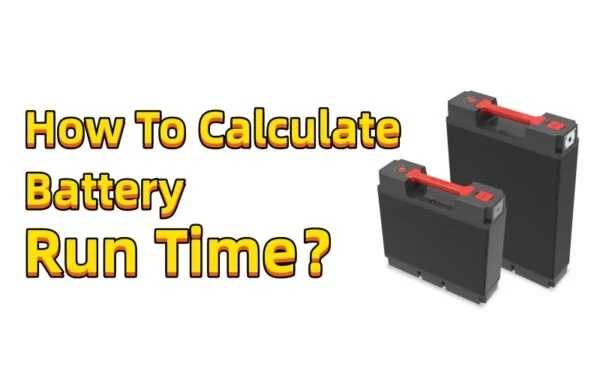
A Gycx solare, Siamo specializzati nella progettazione di sistemi energetici a 48 V che forniscono affidabili, potere duraturo. Rompi come calcolare il runtime e rispondere ad altre domande critiche su queste potenti batterie.
Quanti pannelli solari devo caricare una batteria da 48 V 100h?
Abbinare la tua batteria da 48 V 100 ah con pannelli solari è la chiave per la vera indipendenza di energia. Ma come dimension l'array solare per assicurarti che la batteria riceva una carica completa ogni giorno?
Per caricare in modo affidabile a 48In 100ah (che è 4.8 kWh) batteria In una giornata tipica, In genere avresti bisogno di un array di pannelli solari di approssimativamente 1.5 KW a 2.5 kW. Questo si traduce in circa 4 A 6 moderno, pannelli solari ad alta efficienza 400W. Il numero esatto dipende dalla posizione specifica, Il periodo dell'anno, e modelli meteorologici locali.
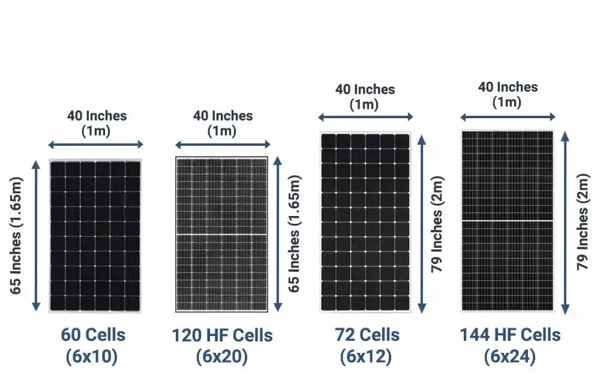
Immergersi più in profondità: Diversi climi regionali
Ecco come determiniamo la giusta dimensione dell'array solare:
- Energia da reintegrare: Un LFP da 48 V 100ah (Fosfato di ferro al litio) La batteria nei negozi circa 4.8 kWh di energia. Per ricaricarlo completamente ogni giorno, È necessario generare questo importo più un piccolo extra per coprire le perdite del sistema.
- Ore di punta del sole (PSH): Questo è un fattore cruciale che varia per stagione. In Giappone, Potresti superare 4.5 PSH in estate ma solo 2.5-3 PSH in una giornata limpida in inverno. Progettiamo sistemi basati su una media conservativa per tutto l'anno (PER ESEMPIO., 3.5 - 4 PSH) per garantire una ricarica affidabile per la maggior parte dell'anno.
- Perdite di sistema: Teniamo conto dell'energia persa a causa del calore del pannello, cablaggio, e l'efficienza del controller di carica MPPT (in genere 15-25% Perdita totale).
- Il calcolo:
- Energia solare richiesta (kW) = Energia necessaria (kWh) / (Picco di sole ore X Fattore di efficienza)
- Esempio:
4.8 kWh / (3.5 hours x 0.80 efficiency) = 1.7 kW (1700 Watts) - Questo significherebbe
1700W / 400W per panel ≈ 4 to 5 panels. Raccomandiamo spesso un pannello extra per fornire un buffer per i giorni nuvolosi.
Questo attento, Il dimensionamento specifico per la posizione assicura che la batteria sia pronta per alimentarti durante la notte o la prossima stagione dei tifone.
Qual è il tempo di backup per una batteria al litio da 48 V 100ah?
Diventiamo specifici. Hai una batteria al litio da 48 V 100Ah. Quante ore di potenza di backup puoi effettivamente aspettarti da esso durante un'interruzione di corrente?
UN 100Batteria di litio AH 48V fornisce un totale di 4,800 watt-ore (Wh) O 4.8 Kilowatt-Hours (kWh) di accumulo di energia. Il tempo di backup è questa energia totale divisa per il consumo energetico degli apparecchi. Per esempio, Potrebbe funzionare a 480-watt Carica per circa 10 ore o un accendino 200-watt caricare per 24 ore.
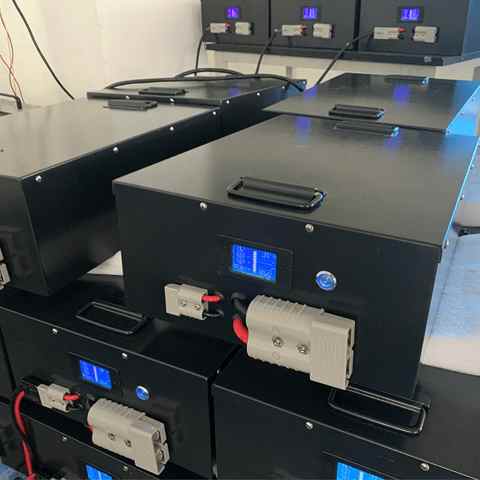
Immergersi più in profondità: Calcolo del tuo runtime di backup
Ecco la semplice matematica:
Runtime (Ore) = Energia totale (Wh) / Il tuo carico (Watt)
Diamo un'occhiata ad alcuni scenari pratici per una casa:
- Scenario 1: Carichi essenziali (ca.. 300W): Durante un'interruzione, Stai eseguendo il tuo frigorifero efficiente, Diverse luci a LED, Il tuo router Internet per gli aggiornamenti, e caricare i tuoi telefoni.
4,800 Wh / 300 W = 16 hours
- Scenario 2: Carichi moderati (ca.. 800W): Aggiungi una televisione e un fornello di riso agli elementi essenziali.
4,800 Wh / 800 W = 6 hours
Ecco perché moderno 48V Batteria montata a parete i sistemi sono così popolari. Un singolo modulo da 4.8kWh fornisce un backup eccellente per l'essenziale. E perché sono modulari, Puoi facilmente aggiungere una seconda unità per raddoppiare il tempo di backup per una maggiore tranquillità. A Gycx Solar, Ti aiutiamo a eseguire un'analisi del carico per assicurarti di ottenere il tempo di backup che ti aspetti.
Le batterie al litio vanno male per sedersi?
E se hai un sistema di batterie ma non lo usi per un po '? Può una batteria al litio andare male solo da sedersi in deposito, inutilizzato?
Tutte le batterie, compreso ioni di litio, si degraderà lentamente nel tempo anche quando non in uso. Questo si chiama Invecchiamento del calendario. Tuttavia, LFP moderno (Fosfato di ferro al litio) Le batterie sono eccezionalmente stabili. Hanno anche molto basso tasso di autoscarica (1-3% al mese), Significa che perdono pochissima carica durante la seduta. La chiave per garantire una lunga vita in deposito è mantenerli in a Posto fresco a a stato di carica parziale (in giro 40-60%).
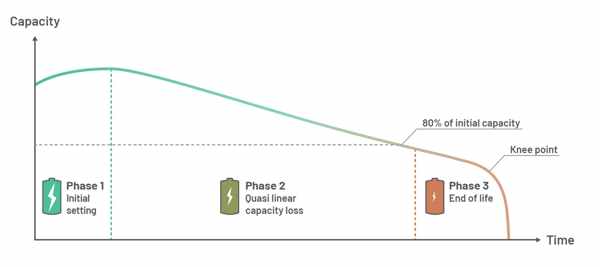
Immergersi più in profondità: Invecchiamento del calendario vs. Auto-scarica
È importante conoscere i due modi in cui una batteria invecchia:
- Auto-scarica: Questa è la perdita di carica temporanea e lenta. Puoi semplicemente ricaricare la batteria per ripristinarla. Il basso tasso di batterie LFP significa che puoi conservarle per oltre un anno e manterranno comunque una carica significativa.
- Invecchiamento del calendario: Questo è il permanente, perdita irreversibile di capacità che si verifica nel corso degli anni, indipendentemente dall'uso. La velocità di questo processo è fortemente influenzata da due fattori:
- Temperatura: Il calore è il più grande nemico. Una batteria immagazzinata in un ambiente caldo sarà molto più veloce di una immagazzinata in una fresca, Spazio climatizzato.
- Stato di carica: Per la conservazione a lungo termine, Mantenere una batteria al litio a 100% Full mette lo stress sulle sue cellule e accelera l'invecchiamento. Memorizzandolo a 0% è anche pericoloso. UN 40-60% La carica è lo stato di stress ideale per lo stoccaggio.
Una batteria LFP adeguatamente immagazzinata può sedersi per molto tempo e rimanere sana e pronta per il servizio.
Può una batteria al litio prendere fuoco quando non si carica?
La sicurezza della batteria è la considerazione più importante. Spesso sentiamo parlare degli incendi legati alla ricarica, Ma può una qualità di alta qualità batteria al litio1, Come uno in un sistema di archiviazione domestico, prendere fuoco quando è solo seduto lì, non addebitare o scaricare?
È estremamente raro per un'alta qualità, Batteria di litio non danneggiata per catturare il fuoco spontaneamente quando non è in uso. Un tale evento richiederebbe quasi sicuramente un preesistente corto circuito interno, che è in genere causato da uno dei due difetto di produzione O Danno fisico precedente alla batteria. Questo è il motivo per cui la scelta di batterie da produttori affidabili con un controllo di qualità rigoroso e una chimica sicura come LFP è così critico.
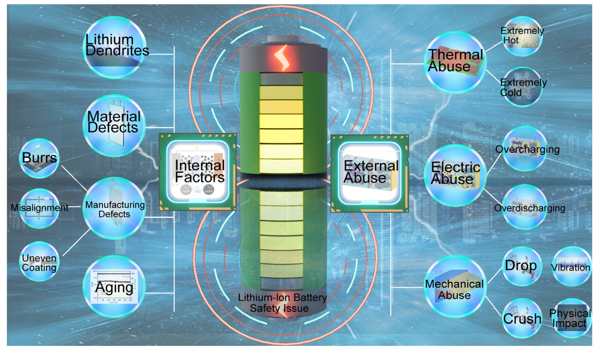
Immergersi più in profondità: Comprendere e mitigare il rischio
Ecco una ripartizione di questo argomento di sicurezza chiave:
- La causa (Corto circuito interno): All'interno di una cella della batteria ci sono strati ultra-sottili di materiale positivo e negativo separati da un separatore. Un incendio può iniziare se questi strati toccano. Questo può essere causato da un difetto di produzione microscopica o se la batteria è stata eliminata, ammaccato, o perforato, causando danni interni.
- Il ruolo del controllo di qualità: I produttori di batterie affidabili investono pesantemente nella produzione e test multi-stage puliti (compresi i raggi X e i test di invecchiamento) per rilevare e scremare le celle con potenziali difetti. Questa è la prima e più importante linea di difesa.
- Il vantaggio di sicurezza LFP: Questo è cruciale. LFP (Fosfato di ferro al litio) La chimica è intrinsecamente molto più stabile chimicamente e termicamente rispetto ad altri tipi di ioni di litio (Come NMC o LCO trovato in telefoni e laptop). Anche se una cella LFP dovesse fallire, È molto più probabile che sfoga il fumo e fallisca in modo sicuro piuttosto che esplodere in un fuoco violento.
- L'importanza di un sistema protettivo: Un professionista 48V Batteria montata a parete non è solo una batteria; È un Bess. Il robusto, Il recinto protettivo è progettato per prevenire il danno fisico che potrebbe portare a un corto interno. Il BMS interno fornisce anche un livello di monitoraggio costante.
La sicurezza dei nostri clienti è la nostra massima priorità. Ecco perché utilizziamo esclusivamente batterie LFP dai produttori di livello mondiale. Conosciamo il loro rigoroso controllo di qualità e la sicurezza intrinseca della chimica LFP fornisce il massimo livello di protezione e tranquillità per un sistema installato nella tua casa.
Una batteria da 48 V è la spina dorsale di un sistema di accumulo di energia potente ed efficiente. Comprendere per quanto tempo durerà è un semplice calcolo in base alla sua capacità (Ah) e il tuo carico (W). Moderno 48V Batteria montata a parete sistemi, Costruito con tecnologia LFP sicura e di lunga durata, offrire un affidabile, a bassa manutenzione, e soluzione a lungo termine per l'indipendenza energetica e la potenza di backup.
Se hai domande sulla progettazione di un sistema di batterie a 48 V, dimensionare un array solare, Oppure vuoi esplorare le soluzioni per batterie più sicure e affidabili per la tua casa, Il nostro team di esperti di Gycx Solar è qui per aiutare. Contattaci per una consulenza professionale! Gycxsolar accoglie la tua consultazione, I nostri esperti ti daranno una soluzione tempestiva e soddisfacente.
Esplorare i rischi delle batterie al litio può aiutarti a prendere decisioni informate sul loro uso e conservazione. ↩
